| |||||||||
| Decades: | |||||||||
|---|---|---|---|---|---|---|---|---|---|
| See also: | |||||||||
The following lists events that happened during 1816 in South Africa .
| |||||||||
| Decades: | |||||||||
|---|---|---|---|---|---|---|---|---|---|
| See also: | |||||||||
The following lists events that happened during 1816 in South Africa .
| | This section is empty. You can help by adding to it. (July 2010) |

Coloureds refers to members of multiracial ethnic communities in Southern Africa who may have ancestry from more than one of the various populations inhabiting the region, including African, European, and Asian. South Africa's Coloured people are regarded as having some of the most diverse genetic backgrounds. Because of the vast combination of genetics, different families and individuals within a family may have a variety of different physical features.

The England cricket team represents England and Wales in international cricket. Since 1997, it has been governed by the England and Wales Cricket Board (ECB), having been previously governed by Marylebone Cricket Club since 1903. England, as a founding nation, is a Full Member of the International Cricket Council (ICC) with Test, One Day International (ODI) and Twenty20 International (T20I) status. Until the 1990s, Scottish and Irish players also played for England as those countries were not yet ICC members in their own right.
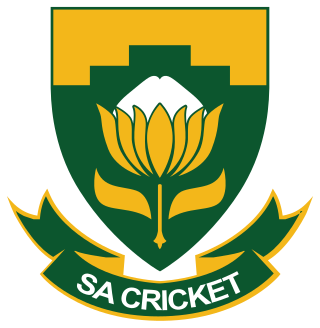
The South Africa national cricket team, also known as the Proteas, represent South Africa in men's international cricket and is administered by Cricket South Africa (CSA). South Africa is a full member of the International Cricket Council (ICC), Its nickname derives from South Africa's national flower, Protea cynaroides, commonly known as the "King Protea".

The South Africa national soccer team represents South Africa in men's international soccer and it is run by the South African Football Association, the governing body for Soccer in South Africa. The team's nickname is Bafana Bafana, and South Africa's home ground is FNB Stadium, which is located in Johannesburg. The team's greatest result was winning the Africa Cup of Nations at home in 1996. The team is a member of both FIFA and Confederation of African Football (CAF).

Stadium de Toulouse is the largest multi-purpose stadium in Toulouse, France. It is currently used mostly for football matches, mainly those of the Toulouse Football Club, as well as rugby matches for Stade Toulousain in the European Rugby Champions Cup or Top 14. It also hosts the test matches of France's national rugby union team. It is located on the island of Ramier near the centre of Toulouse. It is a pure football and rugby ground, and therefore has no athletics track surrounding the field. The stadium is able to hold 33,150 people.

Namibian cuisine is the cuisine of Namibia. It is influenced by two primary cultural strands:

Gondwana was a large landmass, sometimes referred to as a supercontinent. It was formed by the accretion of several cratons, beginning c. 800 to 650Ma with the East African Orogeny, the collision of India and Madagascar with East Africa, and was completed c.600 to 530 Ma with the overlapping Brasiliano and Kuunga orogenies, the collision of South America with Africa, and the addition of Australia and Antarctica, respectively. Eventually, Gondwana became the largest piece of continental crust of the Palaeozoic Era, covering an area of about 100,000,000 km2 (39,000,000 sq mi), about one-fifth of the Earth's surface. It fused with Euramerica during the Carboniferous to form Pangea. It began to separate from northern Pangea (Laurasia) during the Triassic, and started to fragment during the Early Jurassic. The final stages of break-up, involving the separation of Antarctica from South America and Australia, occurred during the Paleogene (from around 66 to 23 million years ago. Gondwana was not considered a supercontinent by the earliest definition, since the landmasses of Baltica, Laurentia, and Siberia were separated from it. To differentiate it from the Indian region of the same name, it is also commonly called Gondwanaland.
The Jim Crow laws were state and local laws introduced in the Southern United States in the late 19th and early 20th centuries that enforced racial segregation, "Jim Crow" being a pejorative term for an African-American. Such laws remained in force until the 1960s. Formal and informal segregation policies were present in other areas of the United States as well, even if several states outside the South had banned discrimination in public accommodations and voting. Southern laws were enacted by white Southern Democrat-dominated state legislatures to disenfranchise and remove political and economic gains made by African Americans during the Reconstruction era.

The establishment of the 'Q' Services Corps as part of the South African Permanent Force was promulgated in the Government Gazette dated 10 November 1939.
South African National Railway And Steam Museum (SANRASM) was meant to be the national railway museum authority of South Africa, by the original initiative of the RailRoad Association of South Africa (RRA) and then transport authority South African Railways and Harbours. SANRASM has three sites around the Krugersdorp and Randfontein area.

Alberton Commando was a light infantry regiment of the South African Army. It formed part of the South African Army Infantry Formation as well as the South African Territorial Reserve.
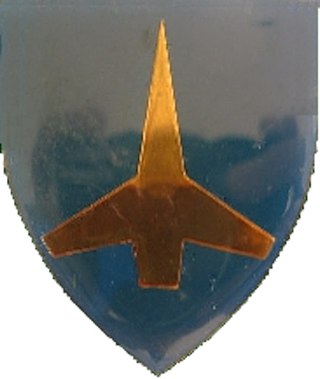
Atlas Commando was a light infantry regiment of the South African Army. It formed part of the South African Army Infantry Formation as well as the South African Territorial Reserve.

Germiston Commando was a light infantry regiment of the South African Army. It formed part of the South African Army Infantry Formation as well as the South African Territorial Reserve.
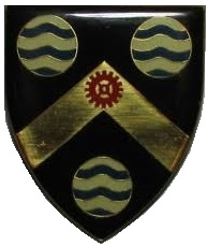
Springs Commando was a light infantry regiment of the South African Army. It formed part of the South African Army Infantry Formation as well as the South African Territorial Reserve.
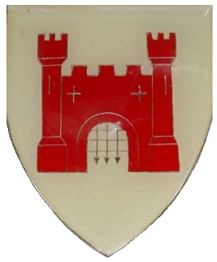
Roodepoort Commando was a light infantry regiment of the South African Army. It formed part of the South African Army Infantry Formation as well as the South African Territorial Reserve.
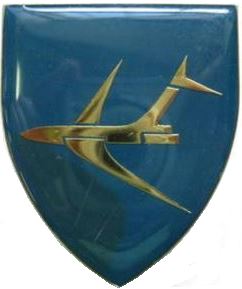
Kempton Park Commando was a light infantry regiment of the South African Army. It formed part of the South African Army Infantry Formation as well as the South African Territorial Reserve.

Krugersdorp Commando or Kommando was a light infantry regiment of the South African Army. It was active as a part of the South African Army Infantry Formation as well as the South African Territorial Reserve.
Byneskranskop is an archaeological site in present-day South Africa where the coastal plain meets the southern Cape Fold Belt. Neolithic human remains have been discovered in caves at the site. Carbon dating of the remains indicates the bodies date from 3,000 to 2,000 years BCE.

Boksburg Commando was a light infantry regiment of the South African Army. It formed part of the South African Army Infantry Formation as well as the South African Territorial Reserve.

Surfing South Africa (SSA) is the governing body for the sport of surfing in South Africa, and a recognised member of the world governing body, the International Surfing Association (ISA). SSA is also an affiliate of the South African Sports Confederation and Olympic Committee (SASCOC), which, alongside Sport and Recreation South Africa (SRSA) supervises all organised sport in South Africa.
Also see Years in South Africa for list of further References